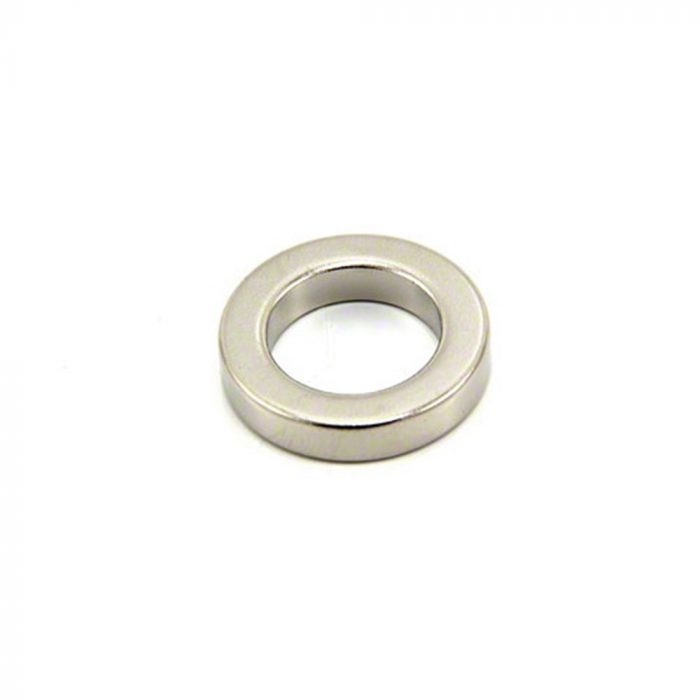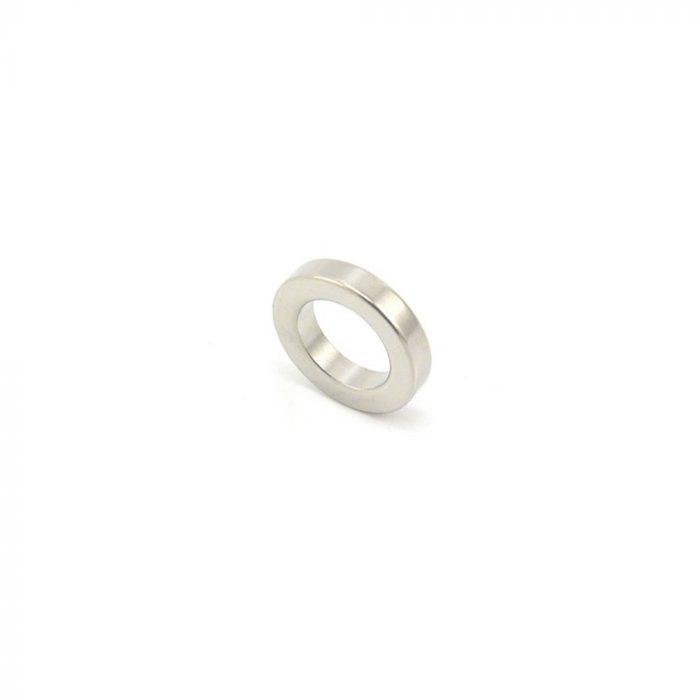Not actually named after a fellow called Eddie. An eddy current is a swirling electrical current that is created in a conducting metal such as copper or steel by moving the metal through a magnetic field or a magnetic field over the metal.
The currents generated produce their very own magnetic field, just like any current flowing in any conductor. This newly created magnetic field opposes (repels) the original magnetic field that created the currents in the first place, creating a damping effect.
Eddy currents are strongest on the surface of a conducting material and flow in small circles representing ‘eddies’ in a stream, hence the name ‘eddy current’.
Why Does A Magnet Fall Slowly Through A Copper Pipe?
As a result of the magnetic repulsion created, a damping effect is seen.
This is why when you drop a strong magnet down a thick copper pipe the magnet will appear to descend slower than you would expect. So what’s going on here?
Well, it isn’t witchcraft or magic it is science!
As the magnet falls, the magnetic field around it constantly changes position and this moving magnetic field creates the flow of eddy currents on the surface of the copper pipe.
All conducting materials, including copper, create their own magnetic field when a current is passed through them as the eddy currents are created.
As gravity pulls the magnet downwards through the pipe, the magnetic field created by the eddy currents resists the magnetic field produced by the magnet, slowing it down. It makes really addictive viewing!
How Are Eddy Currents Used?
Apart from cool experiments, showing off in front of your friends, and creating YouTube videos eddy currents have many practical uses.
If you’ve been on a rollercoaster, you will have witnessed eddy currents in action as their electromagnetic braking systems rely on them to slow the carriages. Because there is no contact between brake shoes or drums there is no mechanical wear.
Vending machines also use eddy currents to detect counterfeit coins. When you put a coin in a machine there’s a whole world of science going on behind that shiny front. When a fake coin is placed into a machine it passes a magnet, and because the fake coin is made of a conductive material, unlike real coins, it is slowed down by the eddy currents created in the coin and diverted into a rejection shoot.
Possibly, the most important use of eddy currents is their use in material testing. As cracks in the surface of the material will stop eddy currents from forming in the area that is damaged, eddy currents can be used to detect damage or cracked material. Particularly useful if you are making things such as airplane wings!

